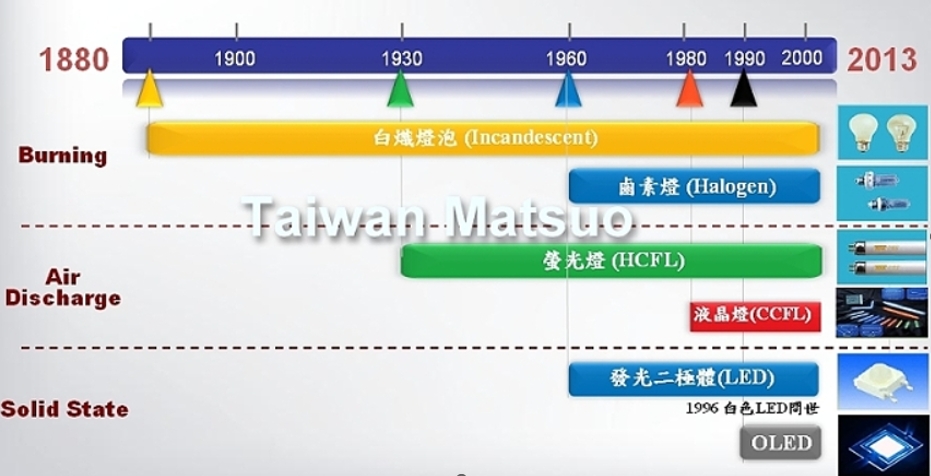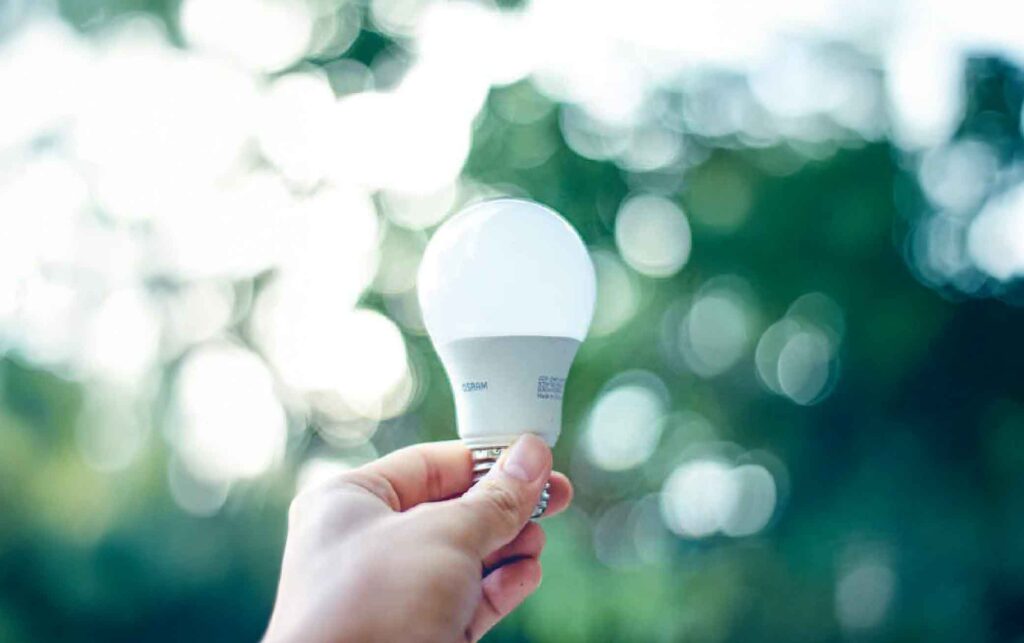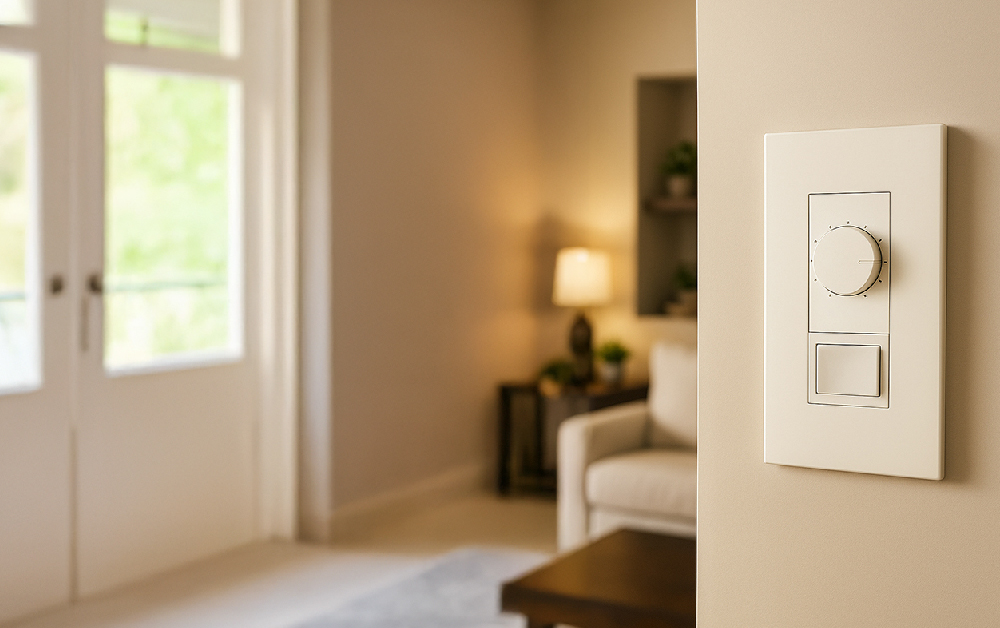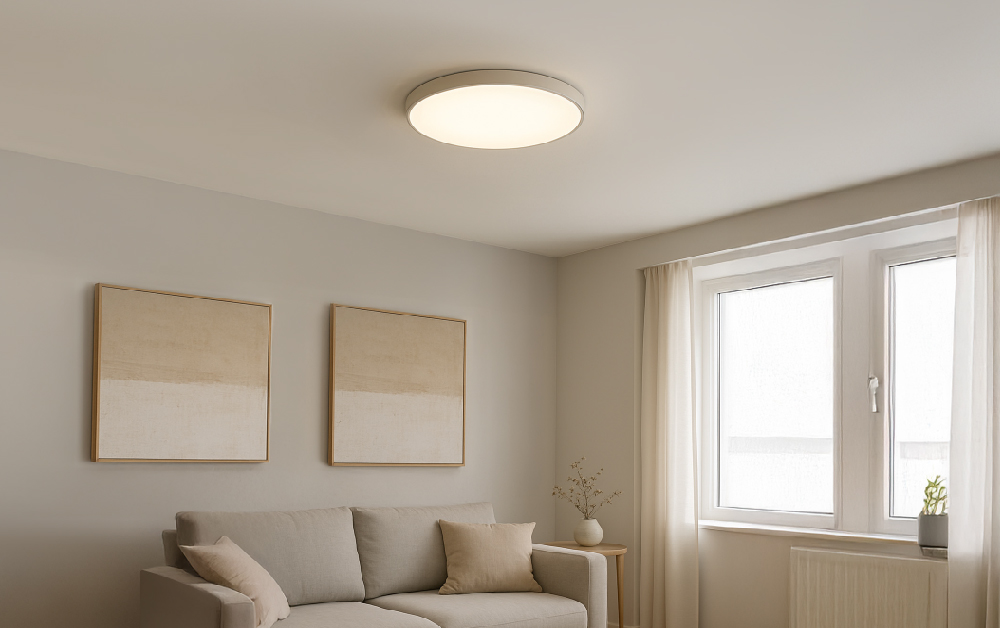The Ancestor of Light — The Meaning of Fire
Fire first appeared during the era of Homo erectus about one million years ago. From its initial use as a source of warmth and protection, fire later became recognized as one of the Five Elements in ancient Chinese philosophy, regarded both as a civil resource and a material force. Beyond its practical uses in daily life, rituals, and social activities, fire also evolved into a philosophical concept as one of the fundamental elements of existence.
Milestones of New Inventions After the Industrial Revolution
In 1854, Heinrich Göbel (1818–1893), born in Springe, Germany, became the first inventor to create a practical incandescent lamp using electric light. In 1879, Thomas Edison—after experimenting with more than 1,600 materials and conducting thousands of tests—discovered a commercially viable filament material and patented his incandescent bulb. With mass production of incandescent lamps, lighting gradually became widely accessible.Modern lighting has since shifted toward energy efficiency, evolving from compact fluorescent lamps (CFL) and CCFL technology to today’s LED light sources. Advances in materials and design now allow lighting to adapt to diverse spaces, environments, and atmospheres, elevating illumination from mere practicality to spatial aesthetics, environmental comfort, and creative visual design. Lighting has become as essential and pervasive as air and water—an inseparable part of human life and environment.

Fluorescent lamp-
Also known as daylight lamps, fluorescent lamps produce light by exciting mercury vapor with electrons, generating ultraviolet (UV) radiation. The UV light then strikes the phosphor coating on the inner wall of the tube, which emits visible light. Fluorescent lamps are 4–5 times more efficient and have 5–7 times longer lifespans than incandescent bulbs.
Compact fluorescent lamp( CFL)
In the late 1980s, after Philips established its lamp factory in Eindhoven in 1891, the Compact Fluorescent Lamp (CFL) was introduced. At that time, CFLs cost over ten times more than incandescent bulbs, but consumed only one-quarter of the electricity and lasted ten times longer.
CCFLCold Cathode Fluorescent Lamps
CCFL stands for Cold Cathode Fluorescent Lamp, a type of gas-discharge light source similar in principle to conventional fluorescent lamps. Unlike traditional lamps that rely on thermal electron emission, CCFLs use cold cathode discharge to generate ultraviolet light. This allows for smaller tube diameters and longer lifespans, making them especially advantageous for compact, thin-profile applications in the IT and consumer electronics industries. They are commonly used in navigation systems, LCD panels, mobile phones, and digital cameras, and serve as a crucial backlight source for LCD TVs.
CCFLs are low-pressure mercury discharge lamps, where the inner wall of the glass tube is coated with phosphor and filled with inert gas and a small amount of mercury. When high voltage is applied across the tube, mercury electrons collide with gas atoms to produce ultraviolet radiation, which then strikes the phosphor coating to emit visible light. Because CCFLs do not use filaments, there is no risk of filament breakage, giving them a significantly longer lifespan than standard fluorescent tubes.
LEDLighting
LED (Light-Emitting Diode) lighting—also known as Solid-State Lighting (SSL)—generates light using semiconductors rather than filaments or gas discharge. When n-type and p-type semiconductor materials combine, electrons and holes recombine to directly convert electrical energy into light energy.Compared to incandescent and fluorescent lamps, LED lighting produces less heat and energy loss. Since LEDs are solid-state devices, they offer superior resistance to vibration, shock, and wear, resulting in a much longer lifespan. An LED typically lasts about four times longer than a fluorescent lamp, and under optimal conditions can reach 30,000 hours of operation—twice the luminous efficacy of fluorescent lamps—without containing the harmful materials often found in fluorescent designs.
Smart Lighting — The Future of Illumination
Smart lighting is regarded as one of the most significant innovations in lighting technology since the invention of the bulb. From firelight to LEDs, the evolution of lighting mirrors the progress of human civilization. With ongoing technological advancements, lighting will continue to evolve—becoming more energy-efficient, environmentally friendly, and intelligent in the future.




